Amazing Coincidences: When the Same Names Appeared on Different Cars
Five well-known model names that showed up across different automakers.
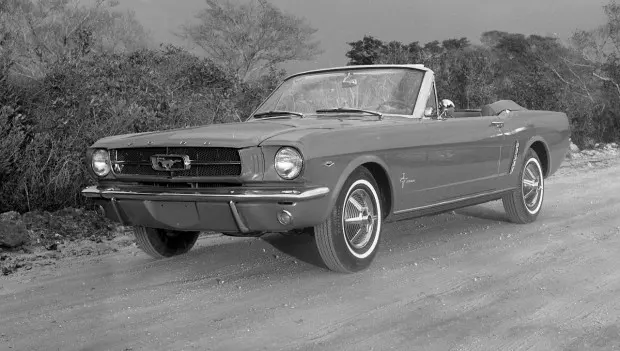
From time to time, different companies end up giving their cars the very same name. For car enthusiasts, it’s always a surprise — and the reason why it happens often remains a mystery.
In the auto industry, coming up with a unique name for a new model is no easy task. Automakers usually spend plenty of time and resources to craft a name that’s memorable, catchy, and closely tied to their brand identity. Yet history shows us that different companies, sometimes without even knowing it, have released cars with identical names — even though the vehicles themselves could be completely different.
Back in the early days of the automobile, when the first mass-produced cars were just hitting the roads, names weren’t such a big deal. Manufacturers focused more on engineering and reliability than on marketing. But as the market grew and competition intensified, it became clear: a model name is more than just a label — it’s a vital part of image and success.
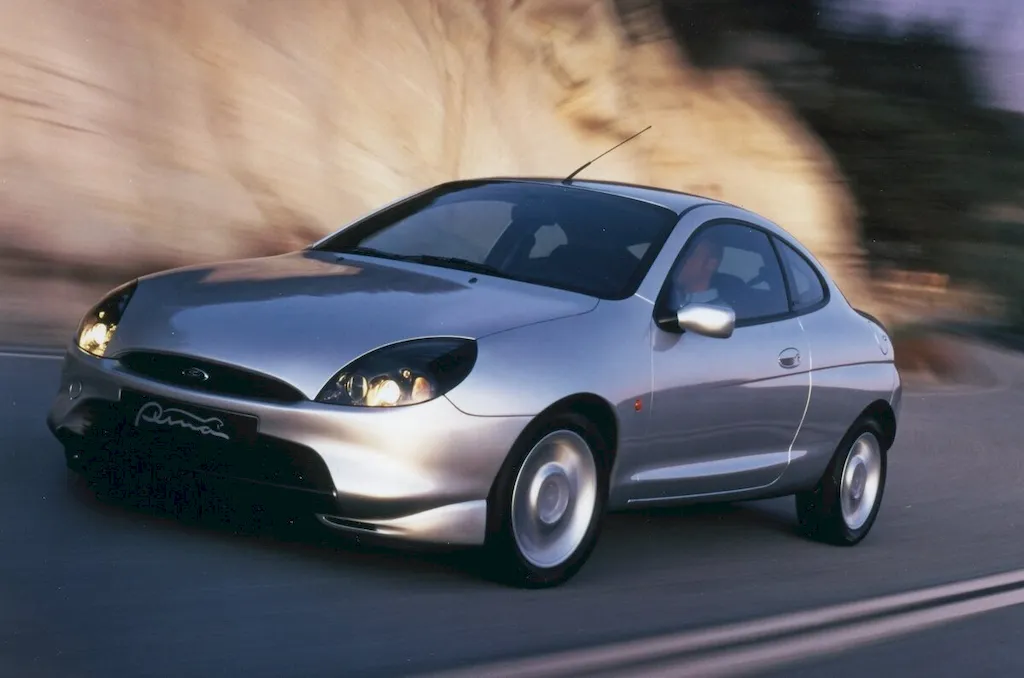
Still, even the biggest automakers occasionally discovered that their “fresh” ideas weren’t so new after all. As a result, the market sometimes featured cars of entirely different classes and purposes that carried the exact same name. This could be confusing for buyers, especially when popular models were involved.
Nova
-
Chevrolet Nova (U.S., 1962–1979) – an iconic compact sedan/coupe.
-
Lada Nova (Germany, export name for the Russian VAZ-2105).
Golf
-
Volkswagen Golf – the legendary hatchback introduced in 1974.
-
Isuzu Golf – a low-production car built for the Japanese market in the 1960s.
Mustang
-
Ford Mustang – the classic American “pony car” launched in 1964.
-
Kia Mustang – a pickup truck sold in Asian markets during the 1970s.
Puma
-
Ford Puma – first a compact coupe (1997–2002), later revived as a crossover SUV (from 2019).
-
Puma – a Brazilian sports car manufacturer that produced a model under the same name.
Aurora
-
Oldsmobile Aurora (1994–2003) – a premium sedan.
-
Volkswagen Aurora – a convertible concept car from the 1950s.
What’s interesting is that such overlaps weren’t just a thing of the past — they continue to happen today. The reasons vary: sometimes it’s pure coincidence, sometimes a deliberate choice meant to spark associations or a sense of continuity among consumers. In a few cases, shared names even led to legal disputes, while in others they turned into quirky stories discussed among car fans.
In the end, it shows just how hard it is to create a truly unique brand in a world where millions of ideas have already been used. Even now, despite rigorous checks to avoid duplication, automakers occasionally run into repeats. After all, the auto market is enormous — and the creativity of designers and marketers is practically limitless.
You may also be interested in the news:
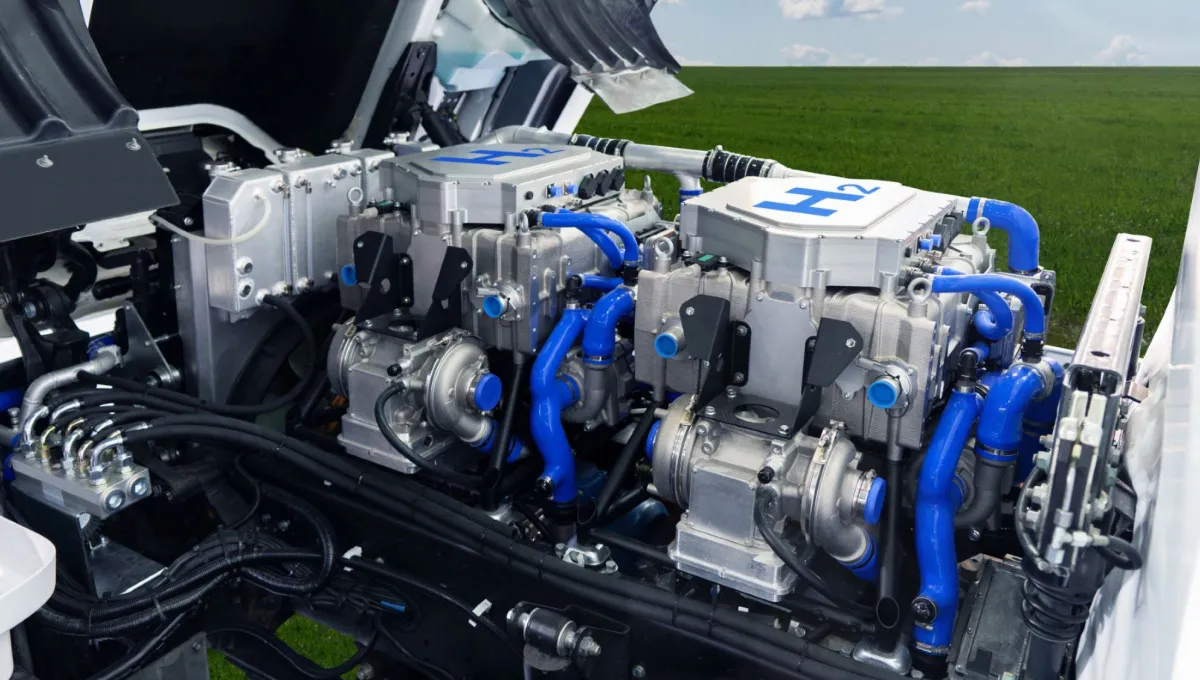
Cars and Hydrogen — Fashion Trend or Real Innovation?
Hydrogen-powered vehicles are simpler than they sound. Let’s break it down in plain English.

Hot-Dip Galvanizing Protected Cars from Rust for Decades — So Why Did Automakers Abandon It Now?
Hot-dip galvanizing once seemed like the perfect armor against rust — until its serious downsides became impossible to ignore.
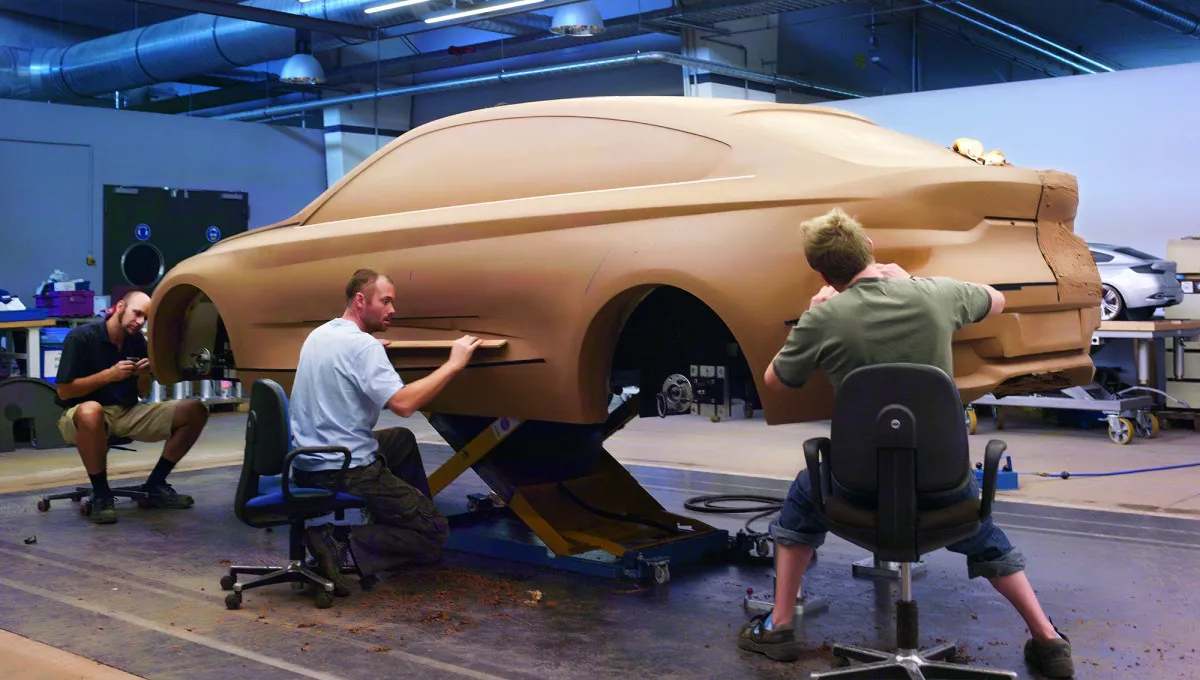
Why Car Designers Still Sculpt in Clay — Even in the Digital Age
Even in the age of digital design, automakers haven’t abandoned old-school methods — clay models remain the key tool for shaping the cars of the future.

Off-Road Titans Whose Weight Makes the Asphalt Tremble – The Nine Heaviest SUVs in America
We’ve rounded up nine of the biggest “wardrobes on wheels” ever sold in the U.S.—so massive, the pavement practically groans under their weight.
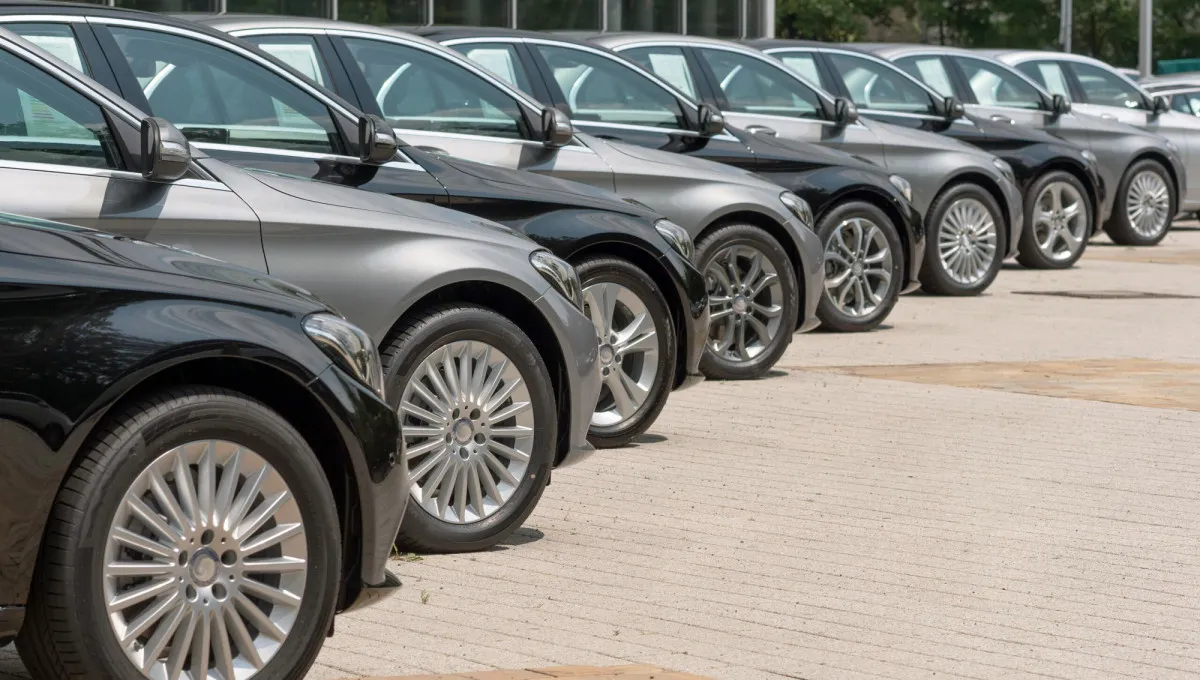
These 9 Luxury Cars Just Aren’t Worth the Money: A Closer Look
Not every high-end car lives up to its hefty price tag — especially once you factor in the cost of maintenance and repairs.